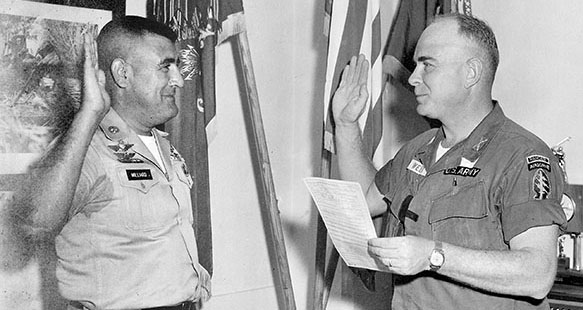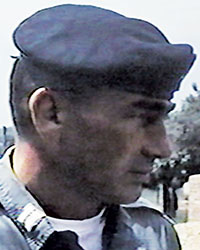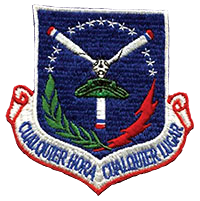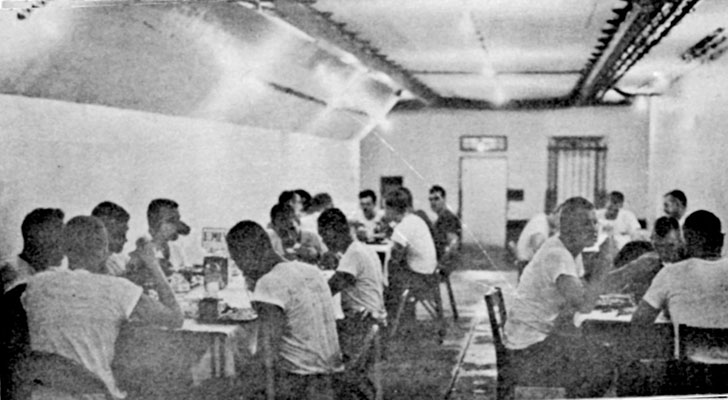FULL SERIES: SF IN BOLIVIA
- Beggar on a Throne of Gold: A Short History of Bolivia
- The 1960s: A Decade of Revolution
- The Sixties in America: Social Strife and International Conflict
- Che Guevarra: A False idol for Revolutionaries
- The ‘Haves and Have Nots’: U.S. & Bolivian Order of Battle
- “Today a New Stage Begins”: Che Guevara in Bolivia
- Turning the Tables on Che: The Training at La Esperanza
- Che’s Posse: Divided, Attrited, and Trapped
- The 2nd Ranger Battalion and the Capture of Che Guevara
- The Aftermath: Che, the Late 1960s, and the Bolovian Mission
DOWNLOAD
The 8th Special Forces Group (SFG), Special Action Force (SAF), Latin America, had been tasked by the U.S. Southern Command (SOUTHCOM) in Panama in early April 1967 to prepare a Mobile Training Team (MTT) for a classified mission. The MTT was to organize and train a 650-man Bolivian Ranger Battalion in basic and advanced individual military skills, basic and advanced unit tactics, COIN (counterinsurgency) operations, and conduct cadre training for the unit officers and non-commissioned officers (NCOs) in nineteen weeks. Major (MAJ) Ralph W. “Pappy” Shelton, the selected commander, was to organize, prepare, and deploy a large mobile training team (MTT designated BL 404-67X) for that mission as soon as possible.1 Master Sergeant (MSG) Oliverio Gomez, the team sergeant of Team 11, A Company, was selected by COL Magnus L. Smith, the group commander, because he had a wealth of combat experience. He wore the CIB (Combat Infantryman’s Badge) with two stars that signified three awards in three wars: World War II; Korea; and Vietnam.2

MAJ Shelton had several immediate tasks: to select an executive officer; to provide mission prep guidance for the MTT forming; to coordinate a site survey with the U.S. Military Group (MILGP) in La Paz; and to identify personnel to accompany him to Bolivia who would stay there as his advance echelon (ADVON). Because arranging the site survey took the most time, he chose another Korean War veteran, Captain (CPT) Edmond L. Fricke to be his Deputy. Korea and Vietnam veteran Master Sergeant (MSG) Roland J. Milliard, an Intelligence Sergeant, and SFC Hector Rivera Colon, a Heavy Weapons Sergeant from Puerto Rico, were identified to be the advance echelon (ADVON). Lieutenant Colonel Eldred E. “Red” Weber, a First Special Service Force veteran of WWII and deputy group commander, led the site survey team to Bolivia on 6 April while the rest of the team was being formed at Fort Gulick in Panama.4








